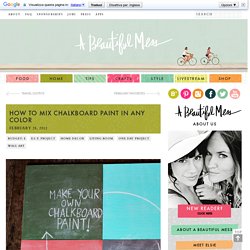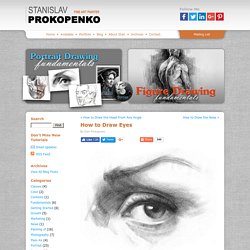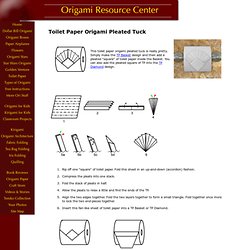

Making buildings in foamboard. Miniature building construction in foamboard by Emmanuel Nouaillier Emmanuel Nouaillier shows how to scratch build and age miniature structures.

This is will introduce my personal approach and techniques for scratch building and ageing buildings, pertaining to the typical northern French urban landscape of the 1940s and early 50s. I believe that a proper rendition of textures and adequate weathering of the different elements is important when making a miniature scene, where the optimal development of each small detail of a diorama becomes more a necessity to modellers who want to show, with utmost realism, models that are better detailed and weathered I will explain stage by stage in future articles how to create peculiar materials and elements and how to give the models ‘life’ while employing generic methods. Some of the ‘basic’ tools that I use to work the foam and give it some aspects and different alterations in scale. Forex may be an unfamiliar product to most modellers.
Step 1 Step 2. Online Japanese Language & Culture Resource Community. How To Mix Chalkboard Paint in Any Color. We love using chalkboards as backdrops for displays and parties (like this one here!).

So we were super excited to learn that you can create your own custom colors-and it's really easy! We first learned how from Martha Stewart whose tutorial you can read here. She recommends that you use latex paint, but we tried it out with acrylic paints with much success. Here's how you too can create your own chalkboard paint... Supplies: 1/2 cup acrylic paint (choose any color you like, or mix colors together to make the perfect shade!) 1. 2. Once your chalkboard has fully dried be sure to slate the surface before using it for the first time.
Have fun creating any color combination you like!! Recyclart, The art of recycling, reusing & upcycling ! How to Draw Eyes. For a video version of this tutorial visit www.proko.com/how-to-draw-eyes-structure This tutorial is a continuation of How to Draw the Head from Any Angle.

I will go over the structure of the eye and detailed information on drawing the brow ridge, eyeball, eyelids, eyelashes, iris, cornea, and pupil. The Basic Forms The Eyeball The part of the eyeball that is visible (technical term is Sclera) is commonly called the ‘white of the eye’. The biggest mistake you can make is to leave the ‘white of the eye’ white, when the entire eye is in shadow. The Iris, Cornea, and Pupil Structure of the Iris and Cornea The Pupil It’s important to remember that the pupil is on the iris, not the cornea. Shading the Iris, Cornea, and Pupil Understanding the structure of these forms is important for when you start shading them. Toilet Paper Origami: Pleated Tuck. Toilet paper origami is a quirky type of origami which may or may not appeal to you.

Some people love the way a simple fold can make a basic toilet paper roll look sophisticated. Other people are appalled that people "handle" the toilet paper so excessively. Still, some people are just a bit shocked to see toilet paper all folded up. What are you supposed to wipe with? Which camp do you fall into? This is an old version of the same toilet paper origami pleated tuck diagram.
These diagrams are made available by the origami community at large. How to Draw the Nose. Update 09-26-2012 – Above is a video version of this tutorial.

For more video tutorials visit Proko.com and subscribe to the newsletter In this tutorial I will go over the structure of the nose and give detailed information about the bridge, ball, and nostrils of the nose. At the end, I will show a step by step of a nose drawing. The Major Planes When drawing the nose, I’ll usually start by indicating the 4 major planes – top, 2 sides, and bottom. Anatomical Information I think the anatomical shapes in the nose are really interesting. The Minor Planes It’s important to memorize the subtle plane changes in all the different part of the nose.
Minor Planes of the Bridge The Glabella is shaped like a keystone. 50 Free Photoshop Brush Sets Everyone Should Have. The Most Wanted Design Tutorials in Photoshop.